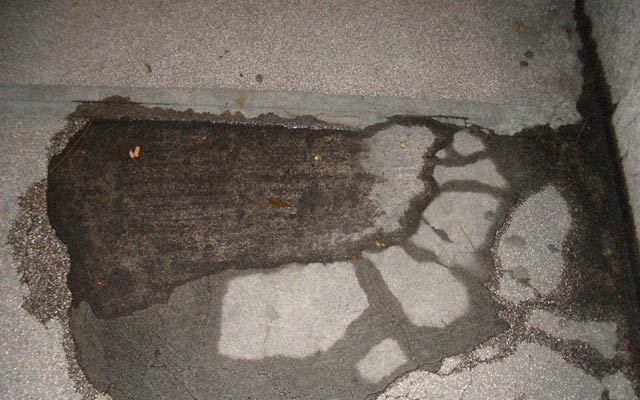For most homeowners, the discovery of a problem that requires basement waterproofing to correct it raises fears of expensive external renovations. And this is usually the case when foundation walls are bowed inwards or the paint is cracking and chipping. The extent of the repairs required depends on the severity and type of problem, however. In some cases, you may be able to get away with interior waterproofing instead, which is usually less invasive and less costly.
Here are the three most common methods of waterproofing from the inside, and the applications of each:
Wall Coating
This method of interior basement waterproofing is usually used when the quantity of water entering your basement is minimal. In circumstances where the soil surrounding your foundations is damp enough to seep through but without creating the danger of a flood, coating the interior surface of the walls with a waterproof emulsion may prevent the growth of mildew and the sensation of dampness from pervading the basement.
The main disadvantage of this method is that moisture could build up in the soil outside the walls without you realizing it until it reaches the point where it presses against the walls and causes them to bow inwards and crack. This may never happen, however, so it’s a judgment call your plumber will have to make based on your budget and the condition of your basement.
Plastic Membrane
A plastic membrane can be used on the interior or exterior of the basement. Ideally, it should be installed outside the walls between the wall surface and the surrounding earth. It’s usually manufactured with a dimpled pattern that helps to create a cushion of air between the two, to prevent the soil from ever coming in contact with the walls. It offers a solution for homes where waterproofing the exterior is impossible for reasons such as:
- Limited access to the foundation walls
- Landscaping and the location of trees or garden features
- Budgetary constraints
Like waterproof wall coatings, the membrane can only be used in situations where the risk of flooding is small and the basement waterproofing is needed to prevent dampness.
Weeping Tiles
Weeping tiles can be used indoors or outdoors, but the decision to install them on the interior is as costly and inconvenient as regular outdoor waterproofing options. This is because usually it’s necessary to excavate at least part of the basement floor, and the use of this method is only possible if existing drainage enables water passing through the weeping tiles to escape. Without convenient drainage, the water entering the weeping tiles will spread through the surrounding earth and could create levels of saturation that result in other damages. Alternatively, you can create a catchment pit and install a sump pump to pump the captured water out safely.
Whatever the level of basement waterproofing you need, it’s important to have it attended to as soon as possible. When ignored, small water leaks have the power to cause major damage to your home over time. They can also result in bigger problems leading to increased insurance claims, higher premiums and damage to your property and personal effects.

